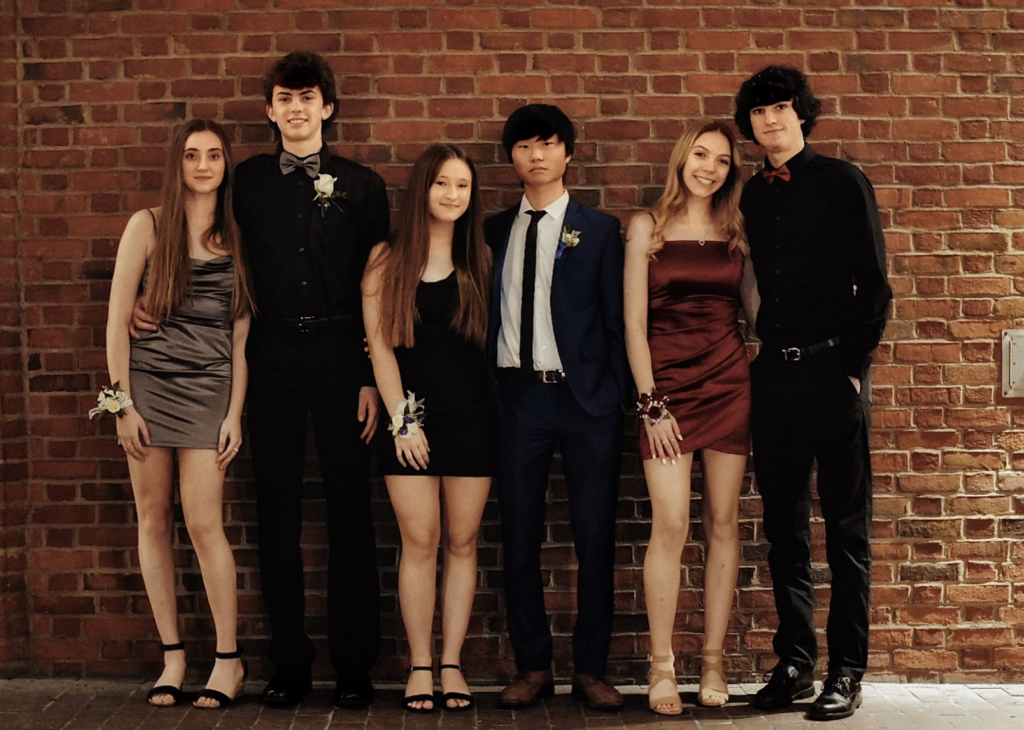Photographing models who have tattoos is a bit different from photographing models with natural skin, since the pigment in the tattoo itself is different from skin, so a different setup and approach are required in order to accurately capture tattoos. The differences are usually identified in the small details, and in the way the light shines on the skin.
First off, you should be familiar with a very basic rule: you must treat the tattoo as an integral part of the person – as if it were a birthmark. Tattoos are just there, they're not going away, and they are a part of an individual’s personality. Erasing a tattoo in post-process, or hiding it with light manipulation without permission is out of the question.
It is wise to have a conversation with the model beforehand about his or her tattoos to determine whether or not the model wants them displayed, since it all depends on one's unique style and personality. Usually, however, a model will tell you what his or her preference concerning the tattoos is without you even having to ask.
How to Get Depth of Field Right
You will find that there are many models who are proud of their tattoos, usually prouder than some are of perfect hair or makeup. Tattoos are often quite large – covering a shoulder, an entire arm, the majority of the back, etc. Keep in mind that having a shallow depth of field will usually give the impression that you are hiding the model's tattoo. On the other hand, if you'd like to use a shallow depth of field while still keeping the tattoo in focus, you might have to use a longer lens. Telephoto will put the whole subject in focus and will significantly blur out the background. Additionally, you may have to adjust the subject's pose if you prefer using a 50mm prime lens.

Lighting – What to Keep in Mind
Tattoos are darker than the skin and they are more detailed than the skin's texture itself, as well. Properly lighting tattoos is the key to having them properly displayed. When setting up your rim light, make sure the tattoos aren't too near the light, or else they will burn out. Try to keep the tattoos in the mid-tones, so that they are adequately-lit and clearly visible. Keep in mind that the pigment in tattoos on areas with thin skin, (on ears or between fingers, for example) will turn out uneven when the light passes through the skin, and this will be hard to correct in post-process. This means you’ll have to find a workaround to get it right in camera. Also be aware that direct light can bring out imperfections in the pigments of the tattoo.

Models often like to pose in order for their tattoos to be seen, so have that in mind when you are lighting up the scene.
How to Pose Your Model for Proper Portrayal
Imagine that the tattoos are a t-shirt printed with a graphic that you need to perfectly portray. This will help you to pose the models in a way that the tattooed surface of the skin doesn't get stretched, wrinkled, or otherwise distorted. It is normal to have some unavoidable distortions, but try to keep them to a minimum, because the tattoo is the center of attention and should be displayed as clearly as possible. Additionally, if you can’t have the tattoo completely in the frame, make sure it doesn’t come across looking only like a dirty smudge. If that is the case, you can either mention it to the model and adjust the pose, or hide the tattoo completely (and hope that the model won’t be mad at you later).
Get the Background Elements Right Tattoos on their own have lots of detail, so including a very busy background can prove to be too much distraction. True, it is the general aim to avoid a busy background in every portrait, but this is especially vital in the case of photographing tattoos. You may have a regular portrait background that is only a borderline distraction, but add a tattoo, and the distraction will simply be too much for the shot. Keep the background a tad cleaner than you would for regular portraiture.
How to Best Post-Process Your Images When you are using plugins to smooth out skin, the process can mess up the details in the tattoos, so you’ll have to be selective about using them, and even apply some sharpening around the tattoo afterwards to enhance the edges, making it clearly visible. Pay close attention to the tones. Tattoos often can get discolored with strong lights hitting them (ears appear more red when light goes through the skin), so be prepared to color-correct the tattoos, but only to the extent necessary to restore them back to the original tone and shape. If you plan to go black-and-white in post process, opt for a higher contrast one, and try to punch the contrast up around the tones involving the tattoos. In Summary Tattooed models are models just like other models, and the tattoos are prominent features which you must be aware of and then try to incorporate into the identity of the model whom you are about to photograph. Moreover, they are interesting and unique, so your photography would evolve to be more unique and diverse if you were to include tattooed models in it. Expound upon the creative expression of tattooed models to create even more beautiful things.






